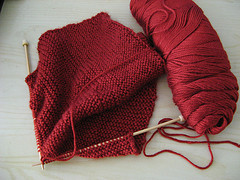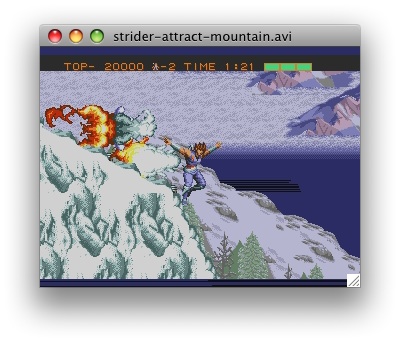For 2 years, I’ve been wrangling with the overall architecture of the FATE system. Right now, there’s a primary fate-script.py program that manages building and testing on FATE installations that is sorely in need of many upgrades. Then there is fate-client.py which is a somewhat lighter-weight testing program. I have long wanted to merge the 2 scripts but could never settle on how to do it. At the base level, should the script assume that it’s operating in continuous build/test mode (a la fate-script.py) or single-shot test mode (a la fate-client.py) by default? Or neither? Should it force the user to specify a mess of command line options?
I had an epiphany recently while reading the documentation for Python’s standard (as of v2.3) optparse module, specifically the section entitled “What are options for?”
Options are used to provide extra information to tune or customize the execution of a program. In case it wasn’t clear, options are usually optional. A program should be able to run just fine with no options whatsoever… Lots of people want their programs to have ‘required options’. Think about it. If it’s required, then it’s not optional!
This led me to consider the possibility of a FATE script that could do something without any options and then build from there.
Default Operation Continue reading

